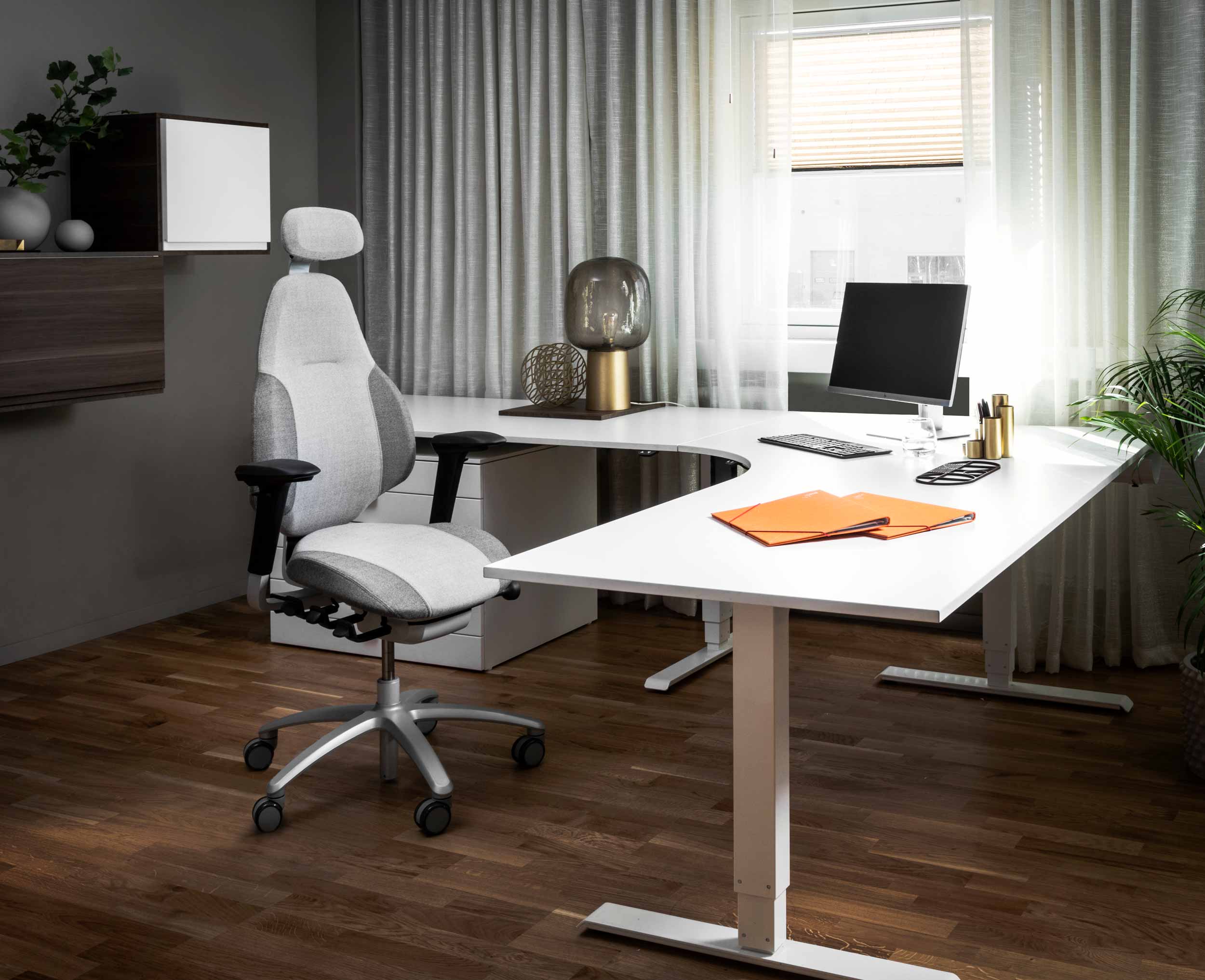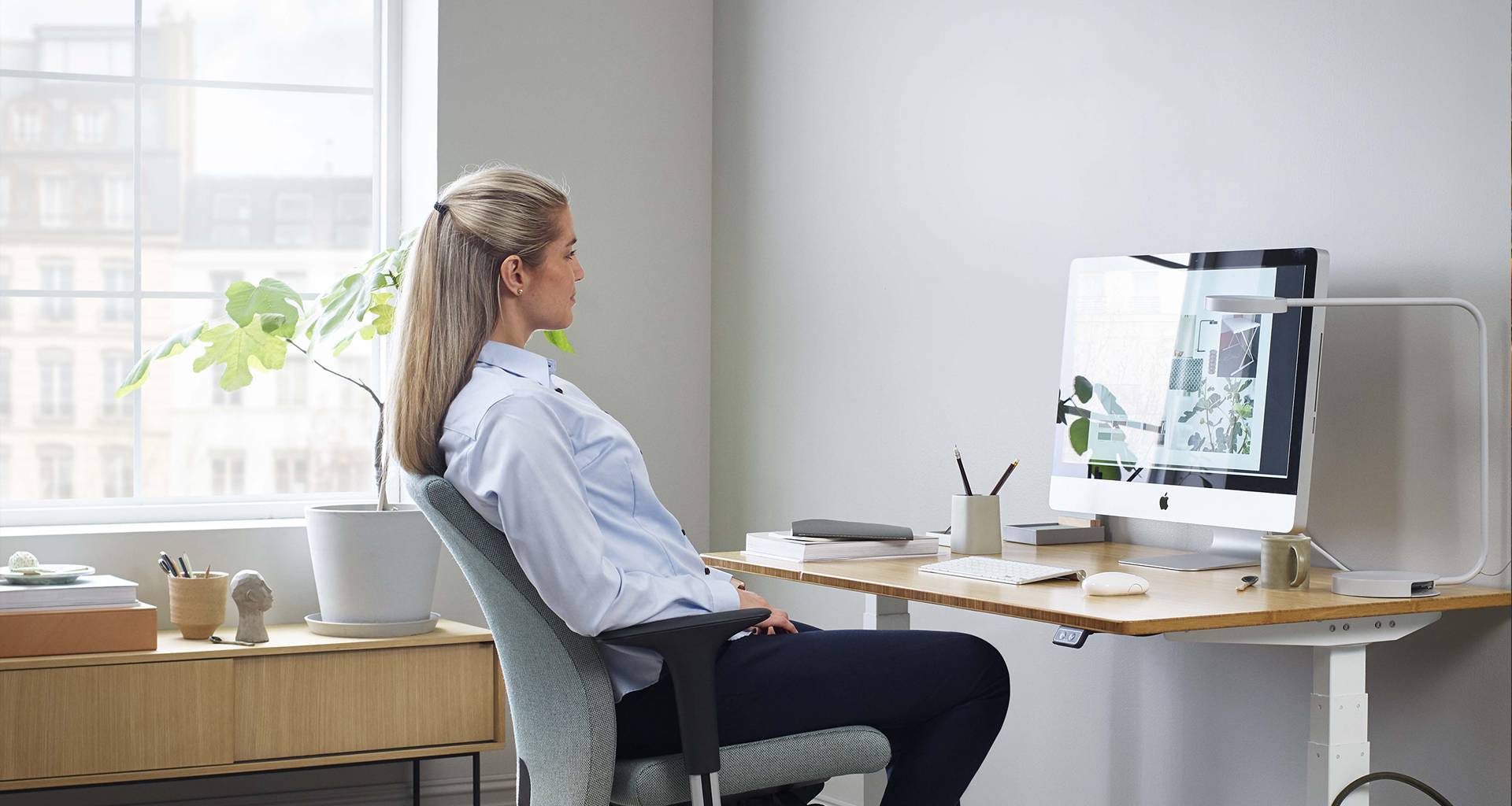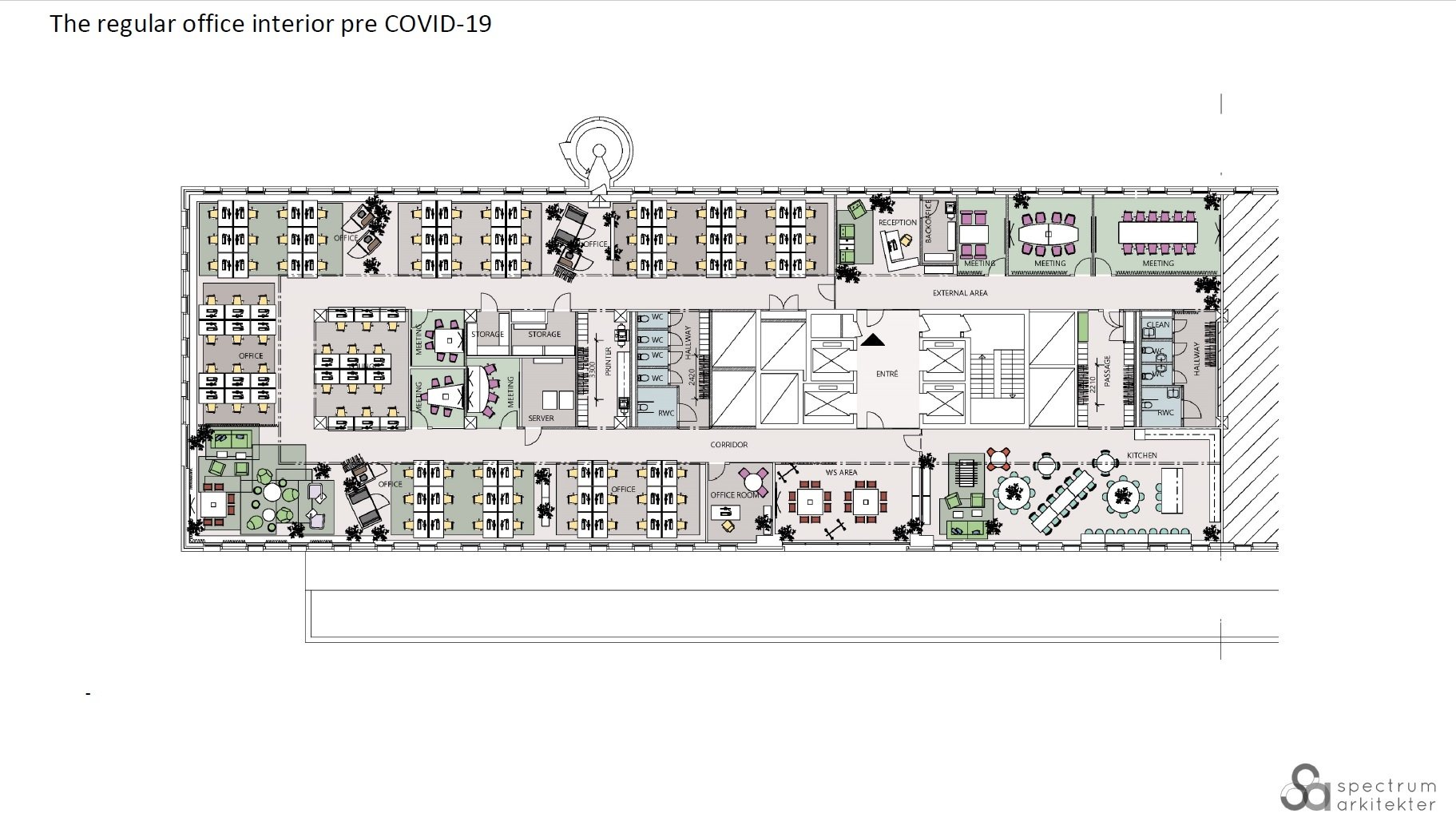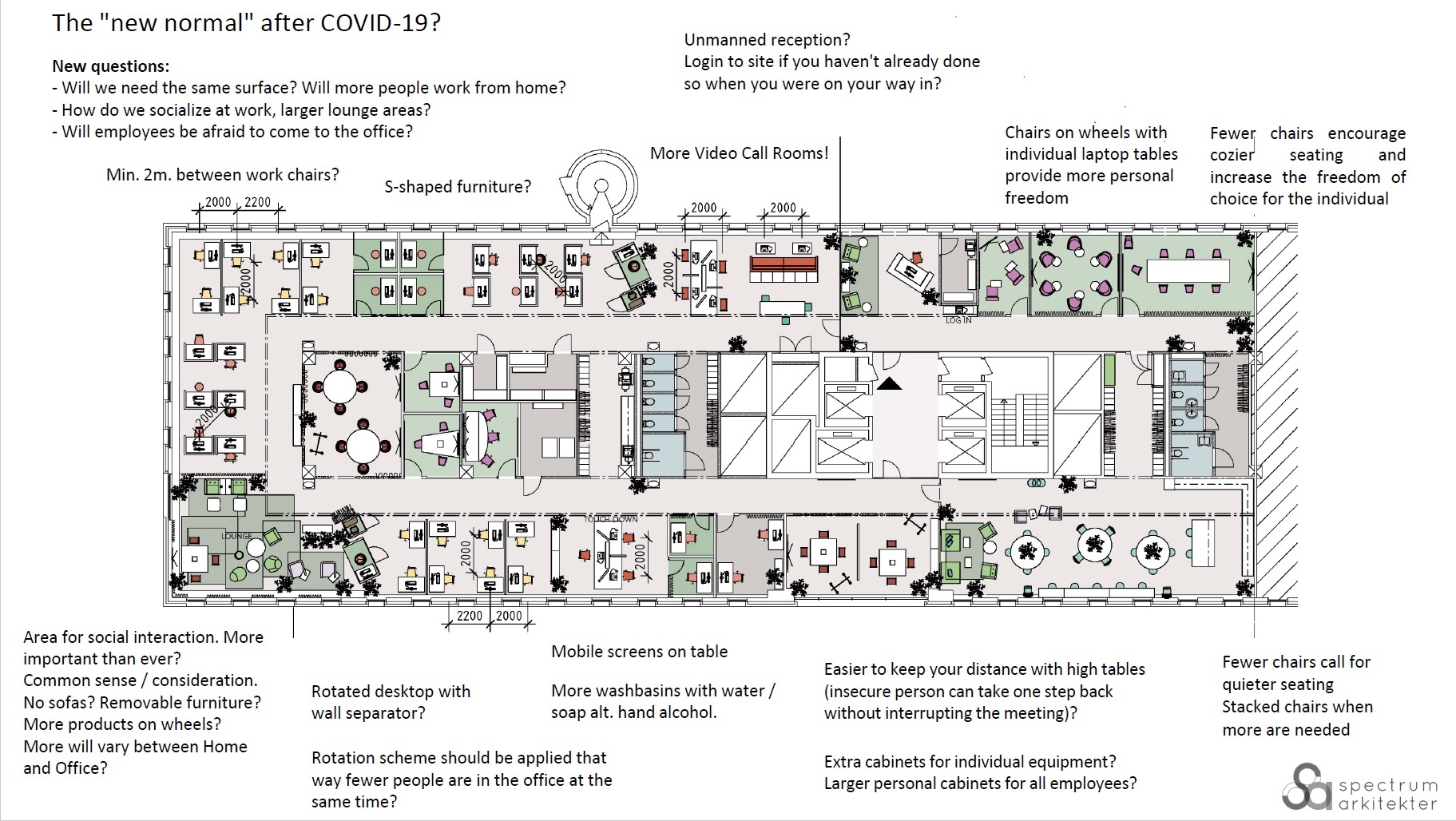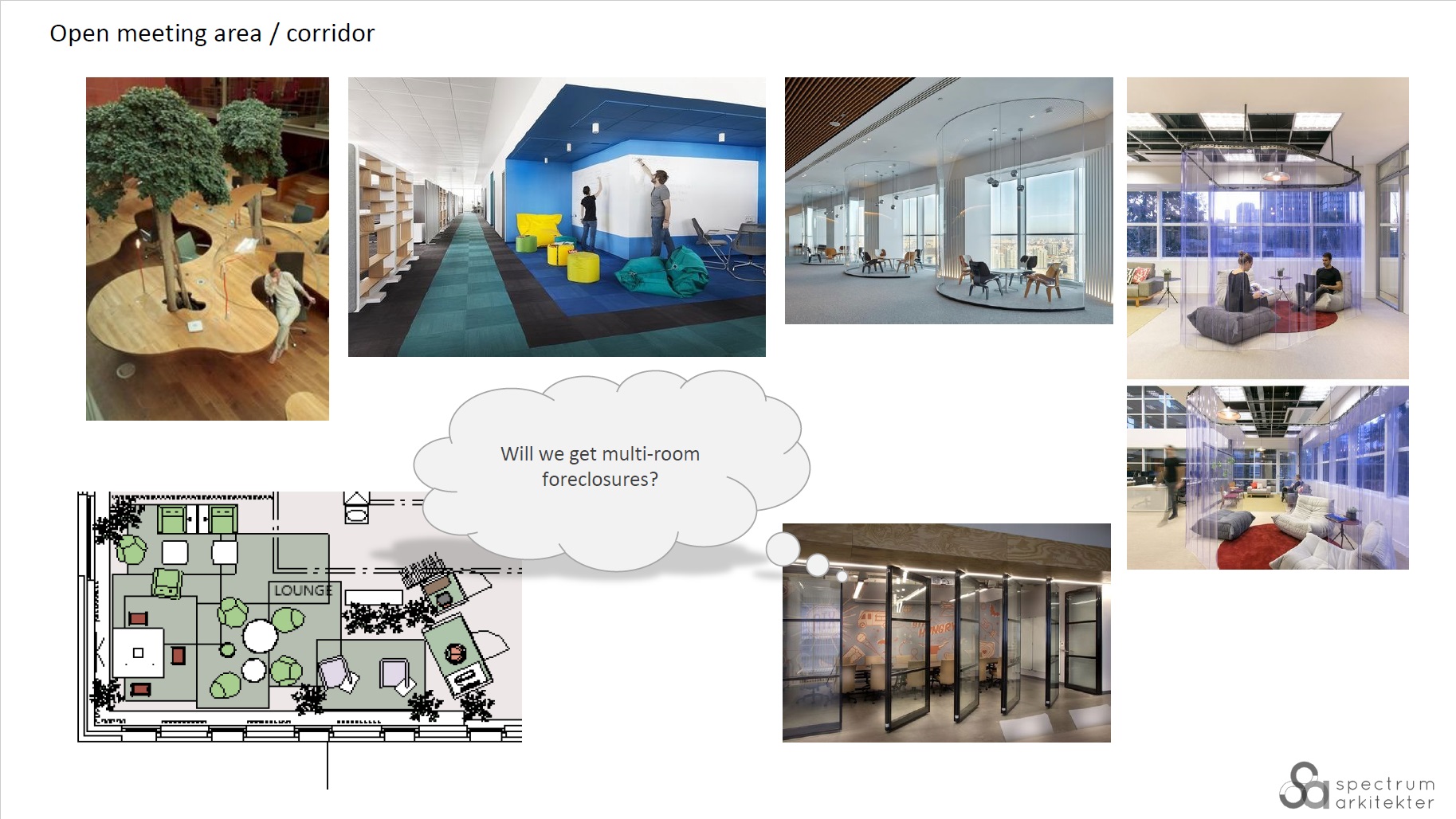Aside from the general usage of the office, there were key points made about potential changes to the layout, including arguments for more space to cater for prolonged social distancing measures.
Mustafa Afsaroglu, Co-founder Taner’s Sons Design Studio: “I believe (and hope) there will be more space in the office environment, generally speaking, more circulation, generous spacing between desks, simply a more luxurious space in terms of volume.”
“I really hope we do not go down a route of introducing desk dividers/cubicles because it would not be worth going back to the office. Instead, space out the desks and have fewer people in the building by scheduling work from office days.”
Read more - The benefits of Agile Working Environments
The responses reflect an irreversible change in attitudes when it comes to how we work. The global ‘working-from-home experiment’ has shown that for many, it can be a productive, viable alternative, giving flexibility to employees and the responsibility to manage their own time effectively. The hope is that this change will be carried forward, but it brings with it a paradigm shift – that employers who like to always feel in control may be uncomfortable with.
Superlab: “Pyramid structures in organizations are eroded when leadership must be done remotely and "Monitoring" is not possible… Those who understand that work is not a physical place but a mental action will be winners when working methods and cultures are faced with new challenges.”
Judith Dorlandt, Senior Consultant, Service & Workplace Design, Hospitality Group: “I think that the office will get a whole new purpose. This whole situation has taught us that we can work anywhere… If that means someone is coming to the office every day because that makes him happy or if it means that someone will start his day at the espresso bar because he gets inspired there, who are we to judge? At the end of the day, it is up to the employees to choose the workplace that suits them. There is where productivity, creativity and innovation will start: Happy employees!”
Click here for part two - Health and wellbeing when working from home

